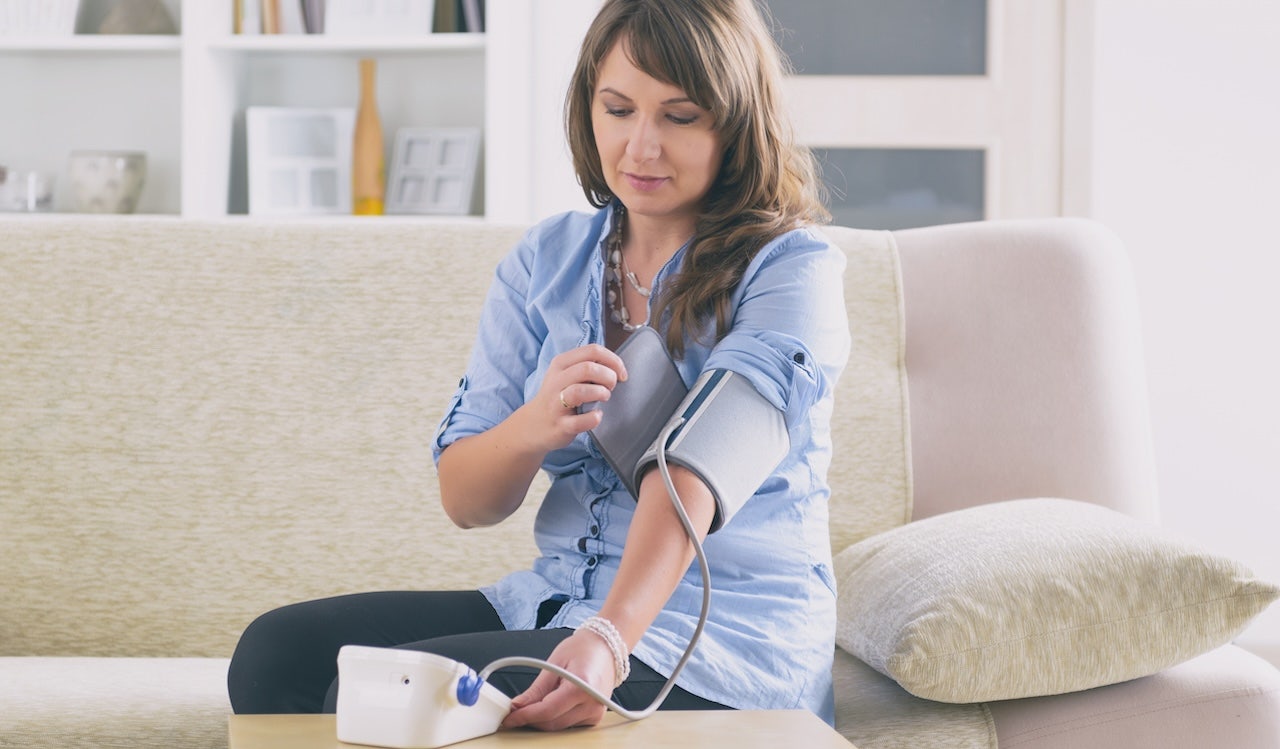7 blood pressure mistakes that could be throwing off your readings

Join Fox News for access to exclusive content and special access to select articles and premium content – all for free with your account. By entering your email and continuing, you agree to Fox News’ Terms of Use and Privacy Policy, including our Notice of Financial Incentive. Make sure to enter a valid email address to access this valuable content. If you encounter any issues, click here for assistance.
When it comes to monitoring blood pressure at home, several common mistakes can impact the accuracy of readings. The American Heart Association defines the average “normal” blood pressure as 120/80. Nearly half of all U.S. adults have elevated blood pressure, with high blood pressure increasing the risk of heart attack and stroke if left untreated.
Dr. Bradley Serwer, a cardiologist and Chief Medical Officer at VitalSolution, shared some key mistakes that patients often make when monitoring their blood pressure at home. These mistakes can lead to inflated results and misdiagnoses of hypertension.
One common mistake is using the wrong arm position when taking a blood pressure reading. Recent research from Johns Hopkins Medicine found that resting the arm on a desk or flat surface at heart level provides the most accurate results. Sitting in the correct position, with feet on the floor and arms uncrossed, is also essential for accurate readings.
Additionally, using the wrong type or size of cuff can impact measurements. Most monitors use either an arm cuff or wrist cuff, with arm cuffs generally being more accurate. Ensuring that the cuff is calibrated and allowing enough time to equilibrate before taking a measurement are also important steps.
Avoiding stimulants like caffeine before measuring blood pressure and checking at the same time each day can provide a better trend for monitoring. Dr. Serwer recommends tracking blood pressure readings in a log and seeking medical attention if readings consistently exceed 130/80.
Making lifestyle changes such as improving diet, regular exercise, and maintaining a healthy weight can help manage blood pressure levels. When necessary, a doctor can provide guidance on medications to treat hypertension that does not respond to lifestyle changes.
In conclusion, monitoring blood pressure at home is an important tool for maintaining overall health. By following proper techniques and avoiding common mistakes, individuals can ensure accurate readings and take proactive steps to manage their blood pressure effectively. For more health articles and valuable information, visit www.foxnews.com/health.




